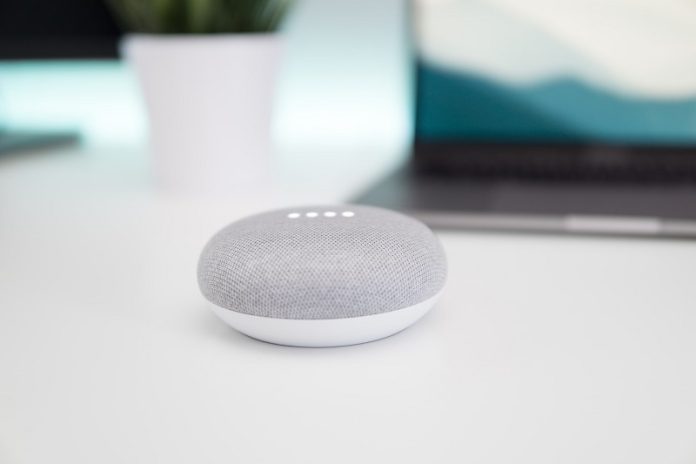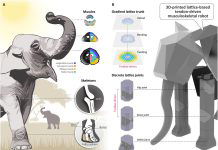
Think of a time when you bought a product that had a sticker or label on it, indicating that it was energy efficient or environmentally friendly.
Now, the White House is introducing a similar concept, but this time for smart gadgets in our homes.
They plan to use labels to show which internet-connected devices, like smart TVs or thermostats, are safe from cyber threats and respect your privacy.
The reason?
There’s growing concern about the security of smart devices. Imagine a scenario where a stranger hacks into your baby monitor or your smart TV starts watching you! Scary, right?
In just the first half of 2021, cyber-attacks on these devices doubled. This new program hopes to make our smart home gadgets more secure, much like the Energy Star labels that have been helping us choose energy-efficient appliances for the last 30 years.
But here’s the catch: using these labels is voluntary for tech companies. So, they can choose whether or not to tell us about their device’s security features.
A recent survey conducted by Pardis Emami-Naeini from Duke University and her team aimed to see if these labels matter to shoppers. They asked 180 U.S. consumers to choose between two smart devices. One had a discount but no security features, and the other was pricier but more secure.
The result? People were ready to pay up to 50% more for devices that promised better security and privacy. This shows that many consumers value their safety and would pay extra for peace of mind.
However, there was a surprising twist. If given a choice between a device with a vague label and a device with no label, people chose the unlabeled one, thinking it was safer. Why? They assumed that if there was no warning label, the device must be okay.
This is where the problem lies. If tech companies think that being transparent about their device’s security might make them look bad, they might choose not to use a label at all.
And since there’s no rule saying they must use these labels, they can easily decide not to. That way, consumers might assume their device is safe when it’s not.
Emami-Naeini believes that these labels should be mandatory. If every device had to display its security features, it would be easier for us to make informed choices and feel secure in our homes.
Some countries, like Singapore, Finland, and Australia, are also introducing similar labeling systems. We might see these new labels on U.S. products by 2024.
In conclusion, while these security labels are a great idea to help us choose safer smart devices, it’s crucial to make them mandatory. Otherwise, we might end up buying devices that we think are safe, when they’re not.
Follow us on Twitter for more articles about this topic.



